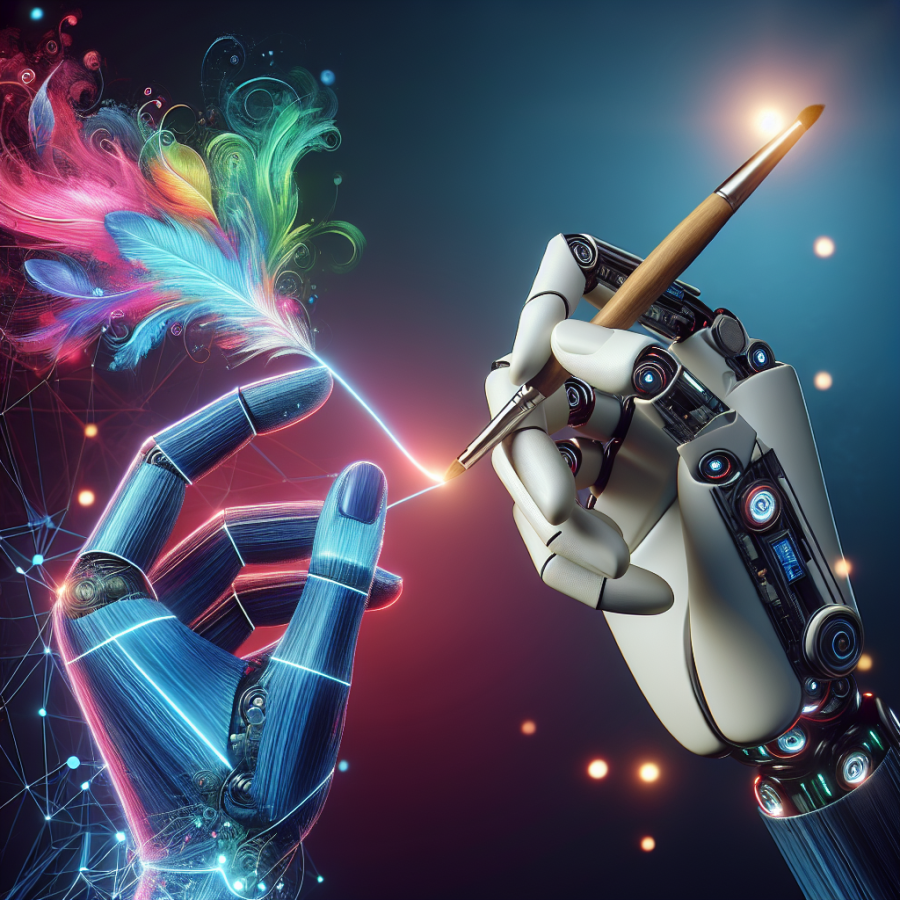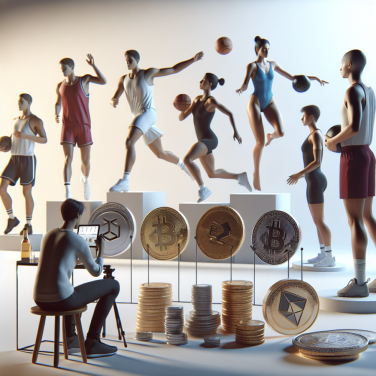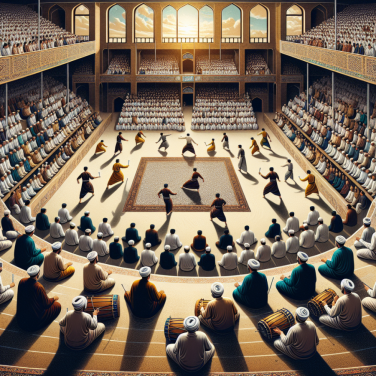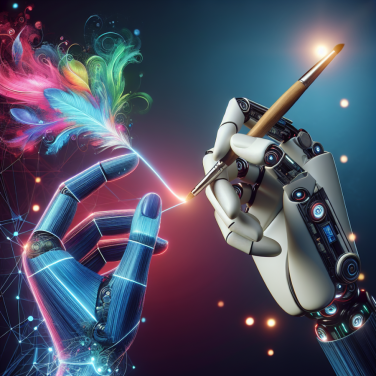As the world of digital art collides with the rapidly evolving blockchain technology, we are witnessing a renaissance in how artists create, share, and monetize their work. The traditional art market, once limited by physical barriers and gatekeeper-dominated systems, is making way for a decentralized landscape championed by Non-Fungible Tokens (NFTs). This transformation isn't just a fleeting trend; it represents a pivotal shift in the accessibility and ownership of art, empowering creators and collectors alike.
One of the most compelling aspects of NFTs is the direct engagement between artists and their audience. By tokenizing their work on the blockchain, artists can reach a global market without the need for intermediaries such as galleries or auction houses. This eliminates significant fees and democratizes the distribution network, ensuring that a larger portion of the proceeds goes directly to the creators.
Furthermore, NFTs bring a new layer of functionality to art through smart contracts. These digital agreements can be programmed to grant artists a percentage of every subsequent sale of their work, providing them with a continuous stream of income from a single piece. This is a game-changer, allowing artists to benefit from the appreciation of their work over time.
The immutability of blockchain also plays a vital role in combating art forgery and providing provenance. Each NFT has a unique identifier that certifies its authenticity and ownership history. This not only protects the rights of creators but also assures collectors about the legitimacy of their purchases, fostering trust within the market.
Integration of digital art and NFTs has spurred a wave of creativity, with artists exploring new forms of interactive and multimedia experiences. As digital displays become more sophisticated, the way art is consumed is evolving. These technological canvases offer dynamic capabilities, such as animations, sound, and even augmented reality, which can all be encoded into an NFT. This depth of interactivity is redefining the very notion of what art can be.
Within this burgeoning ecosystem, collaboration is flourishing. Artists are now more able than ever to collaborate on works seamlessly across continents, minting joint creations that are a testament to a connected and unbounded digital landscape. Virtual galleries and online exhibitions are bringing together disparate communities, united by a shared passion for art and innovation.
Despite these exciting developments, the marriage of art and blockchain is not without its challenges. The environmental impact of proof-of-work blockchains, commonly used for NFT transactions, is a significant concern, prompting many to seek out more sustainable alternatives.
Read also:
Harmony in Motion: The Philosophical Art of Aikido
The Canvas of Tomorrow: How NFTs Are Shaping the Future of Artistic Expression
The integration of NFTs (Non-Fungible Tokens) into the realm of art is more than a fleeting trend; it represents a significant shift in how artists create, share, and monetize their work. NFTs are revolutionizing artistic expression by providing a unique digital canvas where artists can establish verifiable ownership and provenance for their creations—a powerful tool in an industry historically fraught with replication and forgery.
One of the most profound impacts of NFTs is the ability for artists to retain control over their work long after it has been sold. By encoding royalties into the NFT, artists can receive a percentage of the sale price each time their work is resold on the secondary market. This innovative feature creates a sustainable revenue model, offering ongoing support for artists, a stark contrast to the traditional art world where creators often benefit only from the initial sale.
NFTs are also democratizing the art world. With traditional galleries and art shows, the barrier to entry for emerging artists can be prohibitively high. However, NFT marketplaces are more accessible. They allow artists to reach a global audience without the need for established industry connections. Consequently, creators from diverse backgrounds and artistic disciplines who might have previously been marginalized now have the potential to gain recognition and build a following.
The inherently digital nature of NFTs has also expanded the definition of artistic mediums. Digital artists, who were once challenged by the ephemeral nature of their work and the difficulty of asserting ownership, now find their creations on an equal footing with traditional art forms. Moreover, NFT technology has fostered new genres of art—such as generative and interactive pieces—that respond to real-time data or viewer input, blurring the lines between artist, artwork, and audience.
Another interesting facet of NFTs in artistic expression is how they intertwine with the concept of scarcity and exclusivity in the digital world. Unlike physical artwork, digital files can be infinitely replicated without degradation in quality. NFTs counteract this by creating scarcity through the blockchain, which authenticates a limited number of editions or even one unique piece. This scarcity mirrors the traditional art market's limited-edition prints or singular masterpieces, but it does so within the digital domain, giving buyers the sense of owning something truly exclusive.
Of course, with the rise of NFTs, concerns about environmental impact have also surfaced. The energy consumption associated with blockchain technology and its carbon footprint has been a point of contention.
Unleashing Creativity with Digital Scarcity: Artists Venture into NFTs
In the transformative world of digital art, the emergence of non-fungible tokens (NFTs) has paved a new avenue for artists to commodify their creativity and maintain the scarcity of their work. This digital scarcity is a groundbreaking concept that directly counters the long-standing issue where digital reproduction diminishes the uniqueness and thus the value of digital pieces. With the blockchain technology underpinning NFTs, artists can now tokenize their artwork, conferring irrefutable ownership and provenance that can be transmitted across the digital landscape.
The concept of digital scarcity, much like its traditional counterpart in physical art collecting, rests on the principle of limited edition ownership. For artists venturing into the realm of NFTs, this means the ability to issue a specific number of editions or even a one-of-a-kind digital artifact. These tokens are akin to certificates of authenticity for digital assets, and they ensure that an artist's work cannot be replicated without their consent. This kind of control over their creations is revolutionary for digital artists.
One significant advantage of embracing NFTs is the reinstatement of value in digital artwork. Historically, digital formats suffered from a perceived lack of value due to their ease of replication. NFTs have solved this issue by allowing the creation of unique, indivisible tokens that verify a single owner or a specified number of owners. This imparts rarity and therefore value, much like with physical works of art.
Moreover, artists venturing into NFTs often find a newfound autonomy in their careers. They can bypass traditional gatekeepers like galleries and exhibits, connecting directly with their audience and patrons. This direct-to-consumer model allows artists to control pricing, editions, and ownership transfers. Furthermore, smart contracts — self-executing contracts with terms written directly into code — are an integral part of NFTs, enabling artists to receive royalties for any subsequent resale of their NFT, which is not typically possible with physical art.
NFT marketplaces have become bustling hubs for these digital transactions. Platforms like OpenSea, Rarible, and SuperRare offer artists a space to mint and sell their work. The blockchain ledger each NFT is attached to gives buyers confidence in the authenticity and originality of their purchase, a sort of digital bragging rights that comes with supporting a favorite artist.
However, diving into NFTs does come with challenges.




